Mashed potato in one of the basic dishes, loved by kids & adults all over the world. It’s supposedly simple to make, yet it can all too easily become runny, lumpy, slimy, rubbery or just plain tasteless. Here are some tips on how to make perfect mashed potato.
The ingredients
- Potatoes – if you want a fluffy mash, use floury potatoes such as Maris Piper or Desiree. If you want a creamier texture use waxy potatoes such as Charlotte or Russet, which have a high starch content. Red-skinned varieties take longer to cook. The potatoes must be of good quality, preferably not too old.
- Butter – this is a vital element, but modern recipes now allow margarine, dairy-free spread or olive oil. It is important for the butter/spread to be soft and not too cold.
- Milk – some people leave out the milk, other put too much in. The milk should be warm or, at least, lukewarm and be gradually added to the potatoes during the mashing process until the desired consistency is achieved. In some recipes milk can be substituted for the cream or sour cream – I think Greek yoghurt makes an excellent substitute. International chefs tend to idealize the French version which is made with lots of butter and a little crème fraîche. You should decide what suits you.
Basic Rules
If you keep to the following basic rules, your mashed potato won’t be lumpy nor sticky:
- Start cooking the potatoes in cold water, not in hot water! If you put the potatoes into hot water the starch comes to the surface blocking the water penetrating into the potato. If the water gradually warms up, the potatoes cook evenly.
- The potatoes should not be overcooked – they should be soft but not falling apart.
- Immediately drain the cooked potatoes, then rest them in the pan for 3-5 minutes under cover.
- The dairy products must not be cold because the potatoes cool too quickly and the texture won’t be creamy. Tepid or warm milk is ideal – even the butter should be lukewarm and soft.
- Do not use mechanical blenders to purée the potatoes – in food-processors the starch separates making the mash sticky and thick! Instead use a traditional long-handled potato-ricer, or a simple masher. Both are available in most supermarkets or kitchen shops.
- Do not overdo the milk because it suppresses the flavour of the potato. A few spoonfuls are more than enough – but this really depends on the potato variety.
How to make mashed potato
The basic recipe is very simple. You’ll need 200g of potatoes per person. Peel and rinse them, then dice into 2-3 cm cubes. Put them in a saucepan, cover with cold, lightly salted water and bring to the boil. Turn the heat down and simmer for 15-20 minutes until tender. Drain, then put the potatoes back into the pan and let them rest, under cover, for 5 minutes. Add the butter (30-50g is enough), and perhaps 4-6 tsp of warm milk. Then mash with a masher or push it through a ricer. Then whip the mash lightly with a wooden spoon until creamy or fluffy. Season with salt and pepper – perhaps sprinkle with a pinch of nutmeg.
Healthy mashed potato
Cook the potatoes whole, with the skin on. When tender, drain, peel and crush, adding some olive oil and a little Greek yoghurt if you like. You can also use dairy-free spread or yoghurt.
Extras
You can transfer the simple every day mashed potato into a special side dish, by adding herbs, spices, pastes and so on (but make sure it will complement your main dish)! Here are some ideas:
- Dairy products: yoghurt, cream, sour cream, blue cheese, soft goat cheese or grated hard cheese
- Herbs: parsley, chives, basil, oregano, coriander
- Caramelized or fried onion
- Roasted garlic
- Pesto
- Crispy bacon
- Crushed dried tomatoes
- Sun-dried tomatoes in oil
- Wasabi or horseradish
- Anchovy Slices
- Chopped grilled vegetables
Tips
- The mashed potato doesn’t have to be an ordinary side dish for everyday meals – it can be made for special occasions too when combined with the above-mentioned additions. Or you can fill a bag with the mash, cut one corner and squeeze little balls onto a baking tray. Then grill in the oven until the surface is brown and crispy. You can also serve in ramekins, garnished with herbs, crispy bacon, toasted pine nuts, fried onion, grated cheese, or melted goose fat!
- If you have any leftover mashed potato, don’t throw it away! You can make many other dishes with it such as gnochi, fishcakes, pies, croquets and fritters.
- You can cook the potatoes together with other vegetables , such as sweet potatoes, squash, carrots, beets and so on. Or you can combine the mashed potatoes with blanched, steamed, fried vegetables such as green peas, kale or leeks, onions.















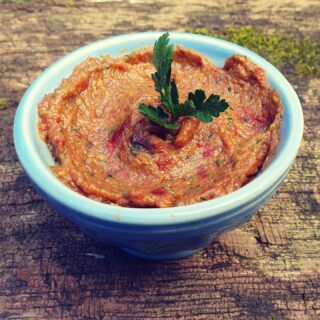



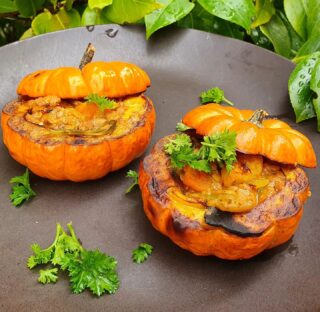
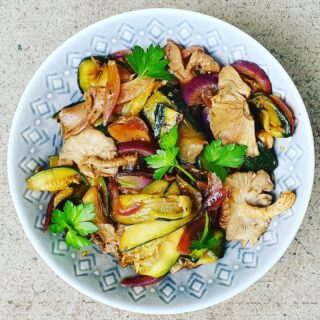
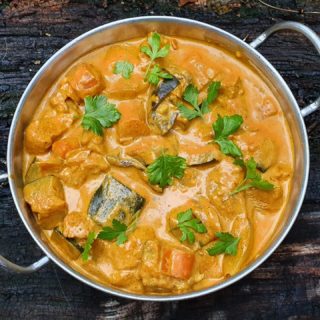

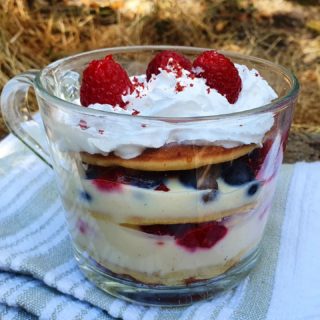
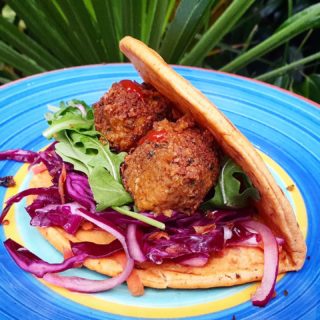
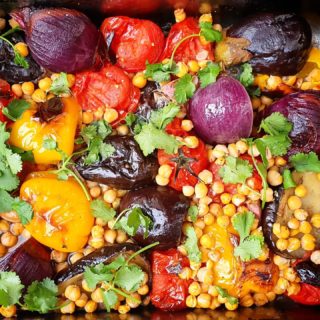
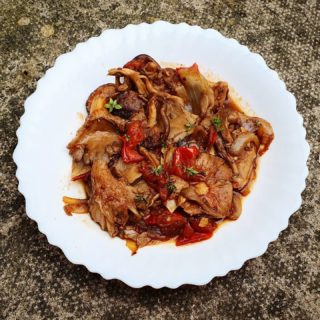

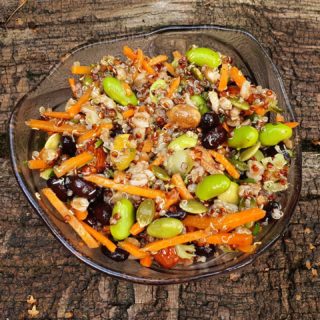
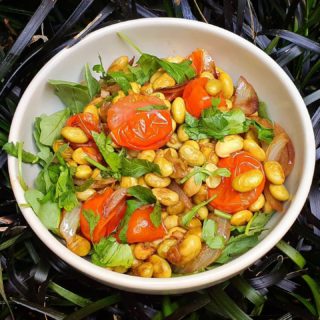
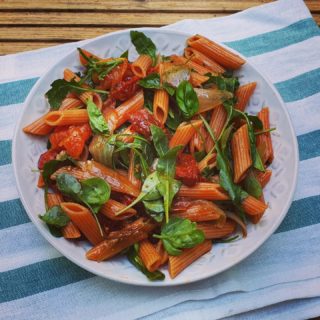
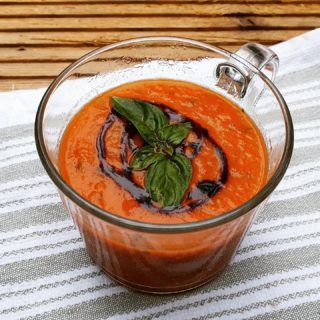
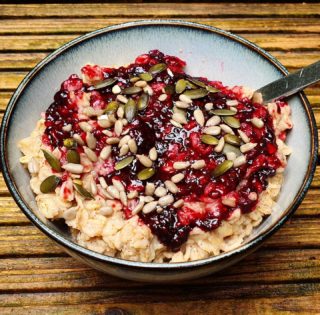
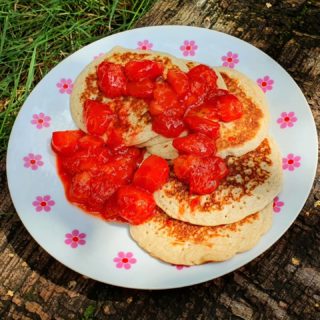
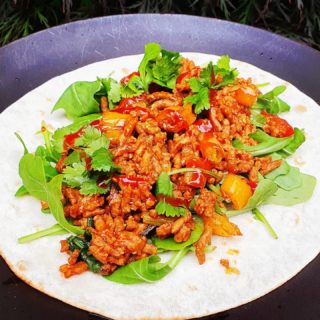
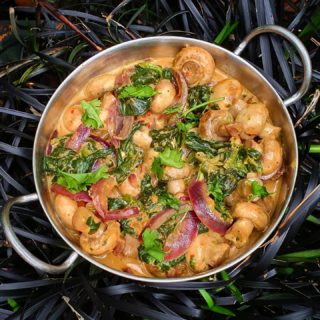
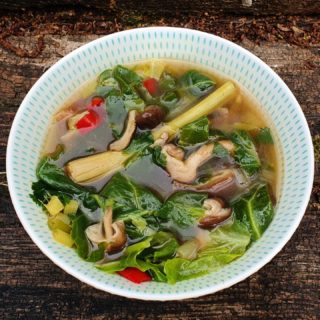
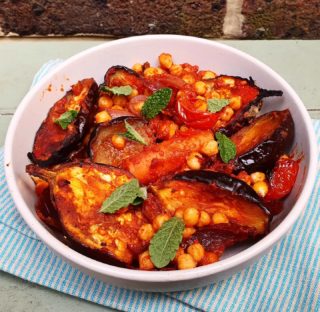
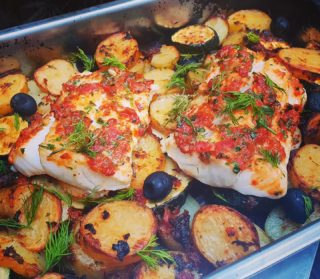
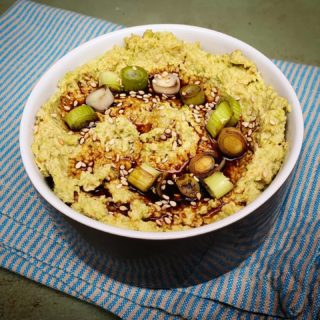

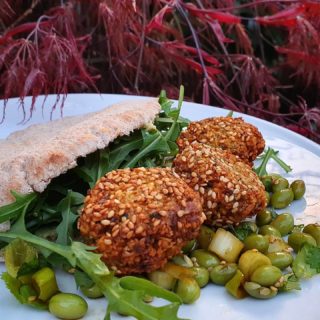
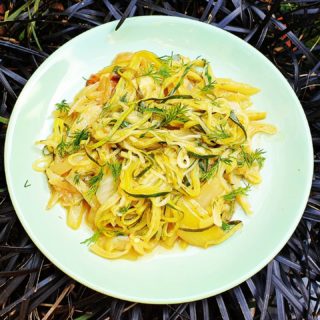
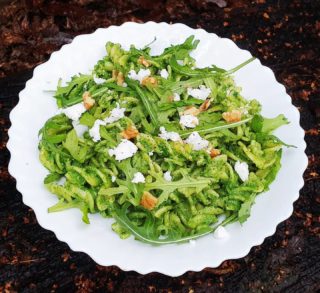
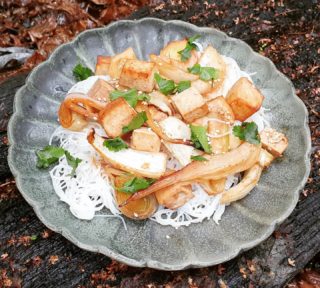
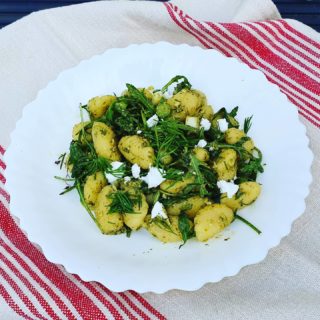
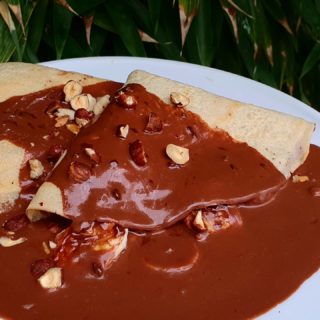

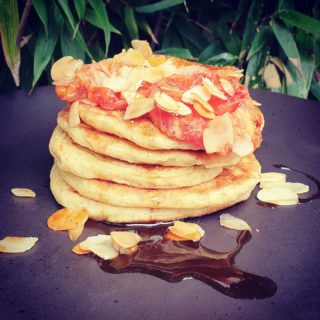
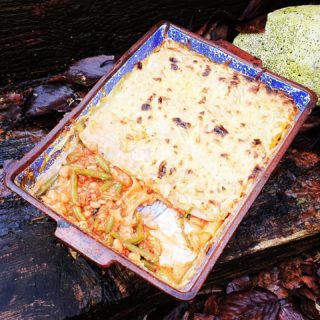
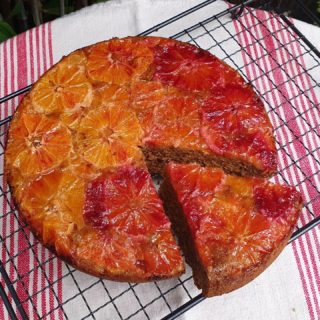
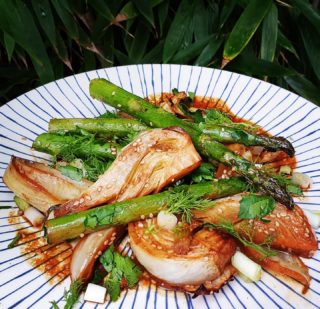
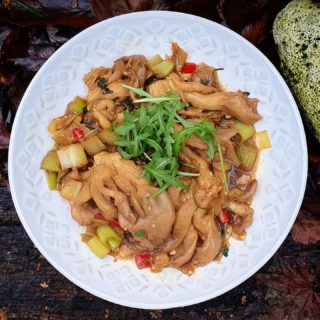





No comments yet.